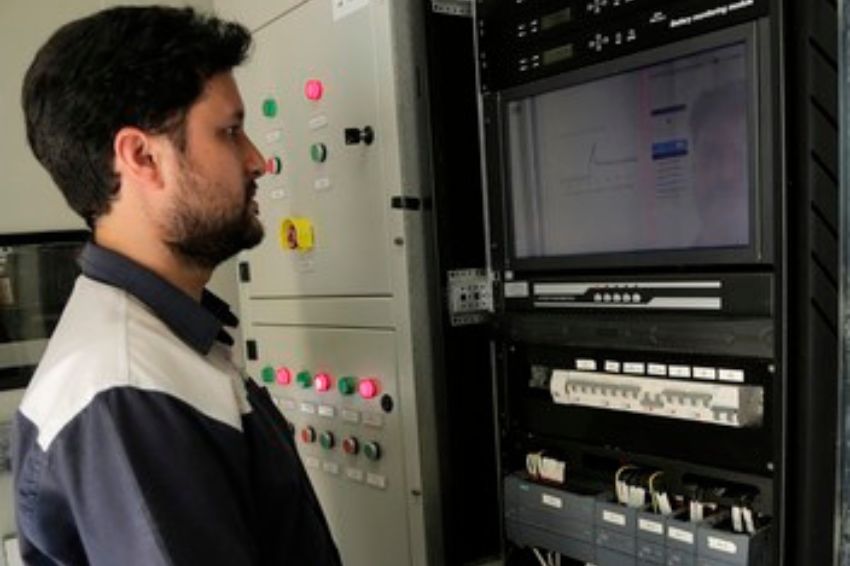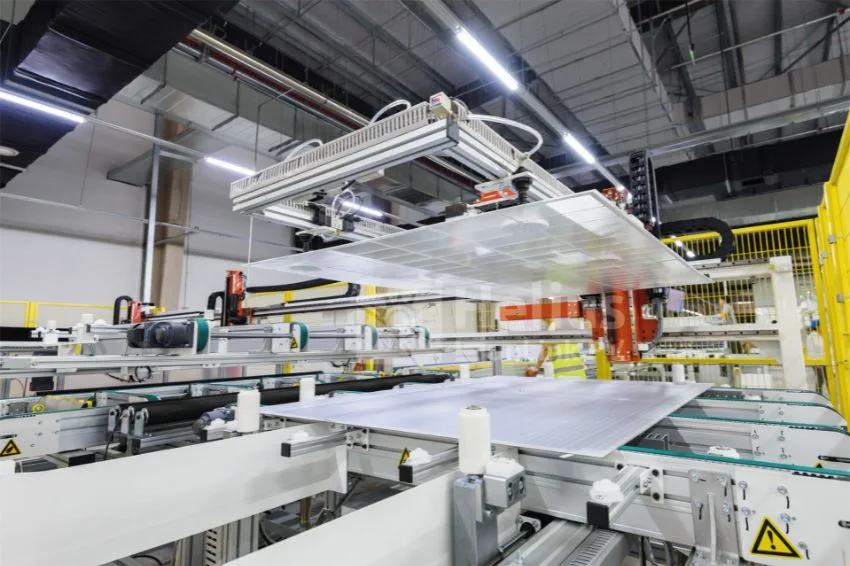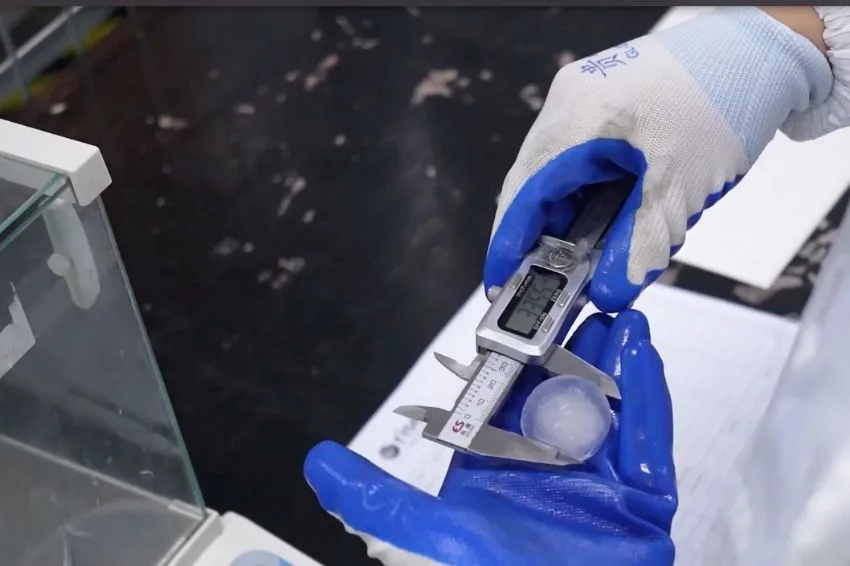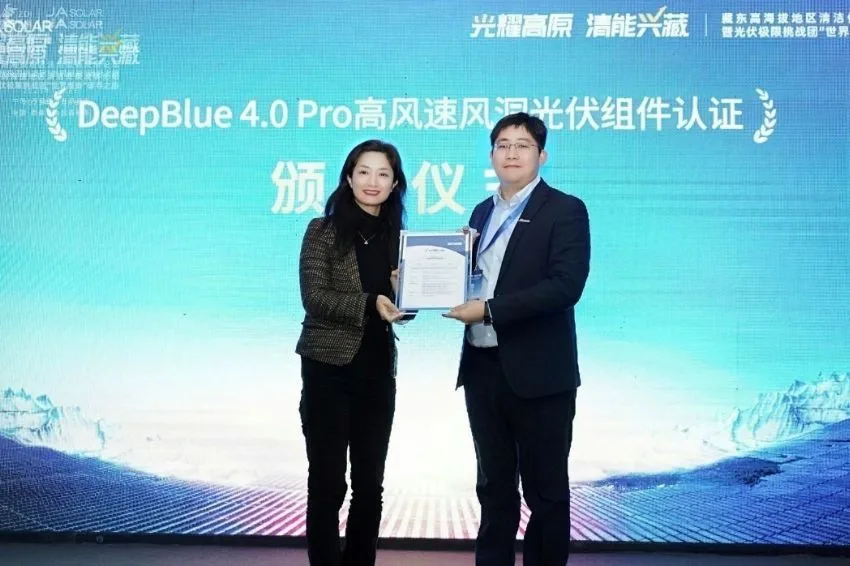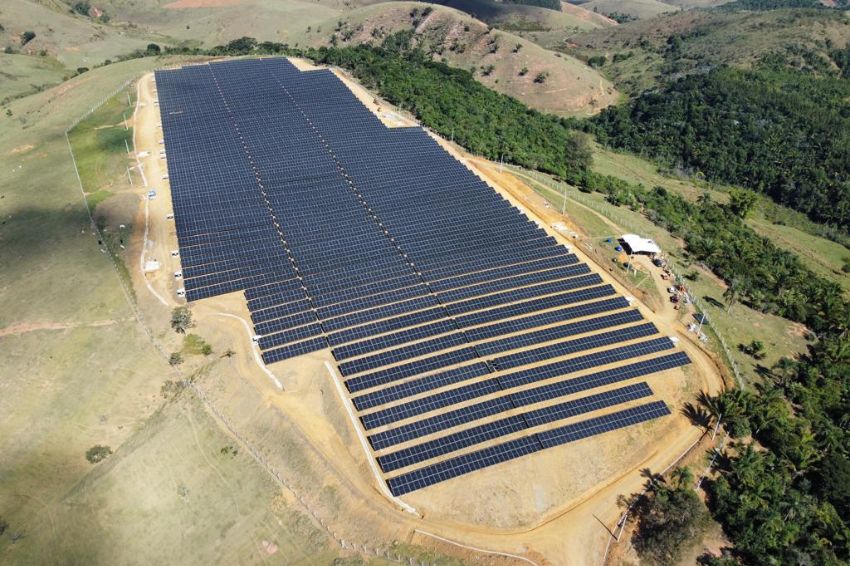A UFMG (Federal University of Minas Gerais) inaugurated, this Tuesday (14), close to Administrative Unit 2, on the Pampulha campus, a pilot plant which contains two Saebs (battery energy storage systems).
The main objective is to assess you impacts technical, regulatory, economic, operational and environmental integration of Saebs into network in distribution of electrical energy.
The project should also open possibilities for business models, training and technological transfer for Cemig, with a view to providing better quality electricity to society.
According to the teacher Wallace do Couto Boaventura, from the School of Engineering, who is the general coordinator of the project, it is “a full-scale laboratory that will allow the investigation of the interaction between Saebs and the distribution network”.
“This solution comes at an opportune time when we are experiencing the need to enable the integration of renewable sources. There is a huge effort to integrate them into the private sector. Energy storage is, perhaps, one of the most feasible solutions to offset the additional effort that these generating sources place on the distribution system”, he explained.
According to UFMG, the installed Saebs use different storage technologies. The Saeb 1 uses lithium-ion technology, generates 1.1 MWh and has a power of 750 kVA. The Saeb 2, in turn, has lead-carbon (PbC) technology, stores 1,000 kWh and has a power of 500 kVA.
A communication infrastructure is responsible for interconnecting the equipment to Cemig's distribution operation center, where control and supervision will be carried out in a real-time environment.
It is planned to experiment with different forms of interaction between Saebs and the network, including voltage regulation and reactive power control, peak load shedding, power smoothing, power dispatch scheduling, reactive compensation , contingency energy supply and interaction with UFMG and Mineirão photovoltaic plants.
The university stated that the system will be able to provide complete information, backed by experimental data. The platform will be used for various R&D (research and development) activities and will support the continuous search for improving the quality of energy delivered to society.
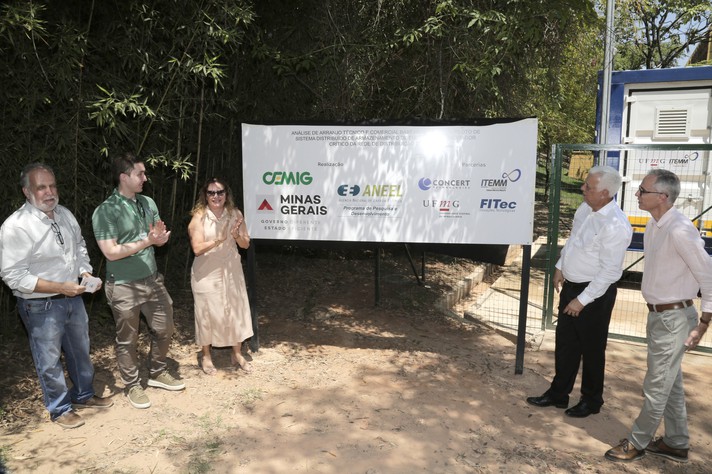
More about the project
The Saebs were installed on the UFMG campus as a result of a project carried out within the scope of the Research and Development Program of ANEEL (National Electric Energy Agency), through an agreement signed between Cemig, UFMG, Fitec (Foundation for Technological Innovations ), Concert and Itemm (Edson Mororó Moura Institute of Technology), executors, with intervention from the Christiano Ottoni Foundation.
For the teacher Cicero Starling, director of the School of Engineering, the initiative is emblematic of the university's interaction with the productive sector, as it generates infrastructure resources and human capital, and also promotes student involvement.
Marney Antunes, distribution director at Cemig, highlighted that the project is a tool that makes it possible to envision the future of energy accumulators. “Integration with the electrical system is our biggest challenge.”
The dean Sandra Regina Goulart Almeida expressed his satisfaction in developing another project together with Cemig and the expectation that this network will be expanded to other UFMG campuses. “The university also exists to establish partnerships in the field of innovation. It is a model for our state and our country.”
The technical team also includes professors Eduardo Nohme, Victor Flores and Wadaed Uturbey, employee Nathália de Almeida Melo, from the Department of Electrical Engineering, and researchers from other institutions.


